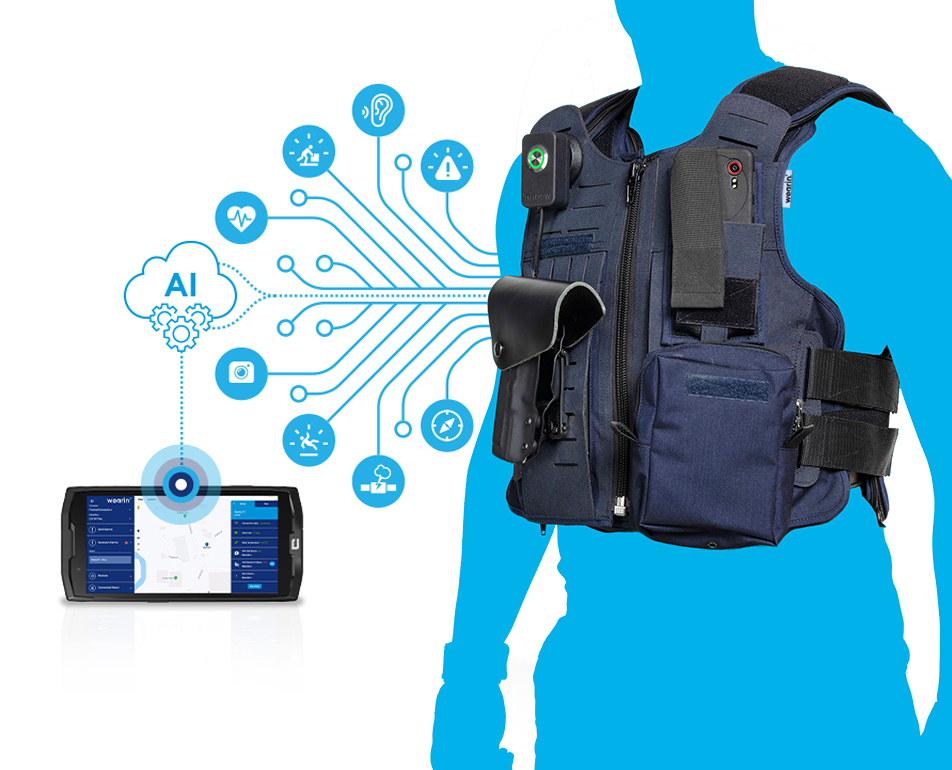
The world of detection equipment is a fascinating and complex one. From security systems to medical tools, these devices play a crucial role in our everyday lives, often working behind the scenes to keep us safe and secure. In this article, we will explore the various types of detection equipment and the innovative technologies that power them.
One of the most common types of detection equipment is security systems. These devices are designed to detect and alert us to potential threats, such as intruders or fires, in our homes, offices, and public spaces. Security cameras are perhaps the most recognizable component of these systems, capturing high-resolution video footage that can be used for identification and evidence. Additionally, motion sensors and alarm systems are used to detect any unauthorized movement or entry, triggering an alert that can be sent to a security company or directly to the property owner.
Another fascinating area of detection equipment is medical tools. These devices are used by healthcare professionals to diagnose and monitor various medical conditions. One well-known example is the X-ray machine, which uses electromagnetic radiation to create detailed images of the internal structures of the body. These images can help doctors identify fractures, tumors, and other abnormalities. Another commonly used medical detection device is the ultrasound machine, which uses sound waves to create images of soft tissues, such as muscles and organs. Ultrasound is often used during pregnancy to monitor the development of the fetus.
Environmental detection equipment is another important category. These devices are used to monitor and measure various environmental factors, such as temperature, humidity, air quality, and radiation levels. For example, weather stations use a combination of sensors and instruments to measure the temperature, wind speed, and precipitation in a specific location. This data is then used to predict weather patterns and provide accurate forecasts. Additionally, air quality monitors are used to measure the levels of pollutants in the air, helping to identify potential health risks and inform environmental policies.
One of the most fascinating areas of detection equipment is in the field of forensics. Forensic scientists use a wide range of specialized tools to analyze and identify evidence at crime scenes. One such tool is the fingerprint scanner, which uses optical or capacitive technology to capture high-resolution images of fingerprints. These images are then used to compare and match prints found at crime scenes to those in a database, helping to identify suspects. Additionally, DNA sequencers are used to analyze the DNA found at crime scenes, providing valuable evidence and helping to solve complex cases.
Lastly, detection equipment plays a crucial role in the field of geology and archaeology. Ground-penetrating radar (GPR) is one such tool used by geologists to map and study the subsurface of the Earth. GPR uses electromagnetic waves to create images of underground structures, helping to identify buried objects or geological features. In archaeology, metal detectors are commonly used to locate and retrieve artifacts buried beneath the ground. These handheld devices emit electromagnetic fields that can detect metal objects, allowing archaeologists to uncover hidden treasures and gain valuable insights into past civilizations.
In conclusion, the world of detection equipment is a vast and fascinating one. From security systems to medical tools, these devices play a crucial role in various industries, helping to keep us safe, monitor our health, protect the environment, solve crimes, and uncover hidden historical treasures. As technology continues to advance, we can only expect more innovative and cutting-edge detection equipment to be developed, further expanding our understanding and capabilities in this field.